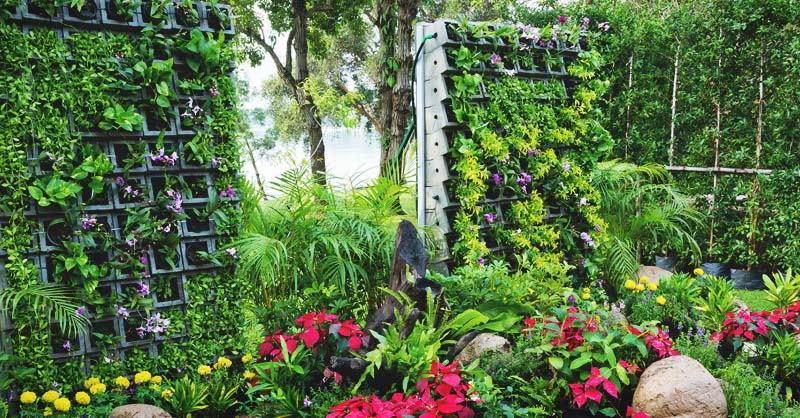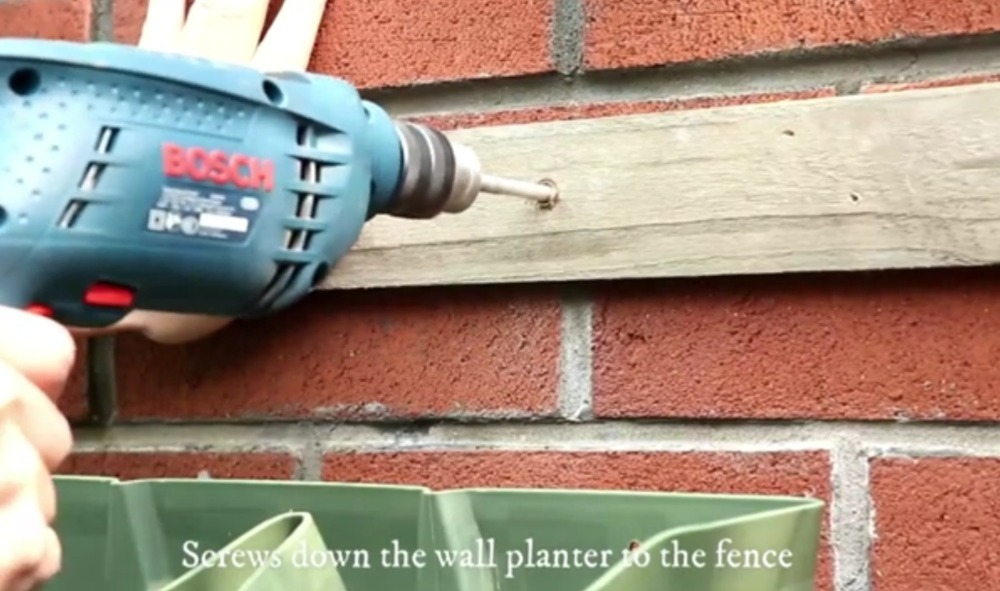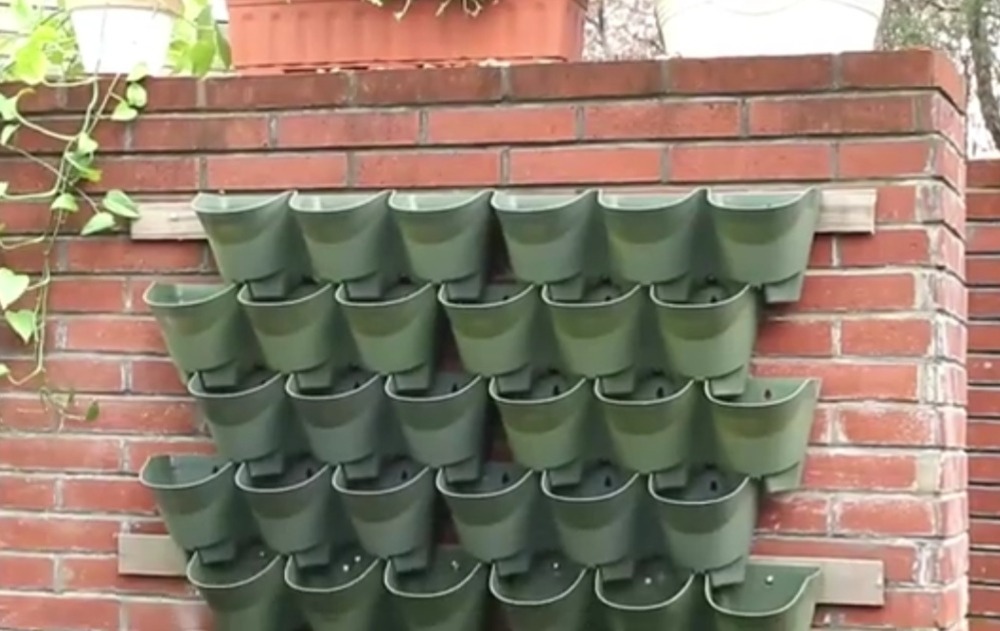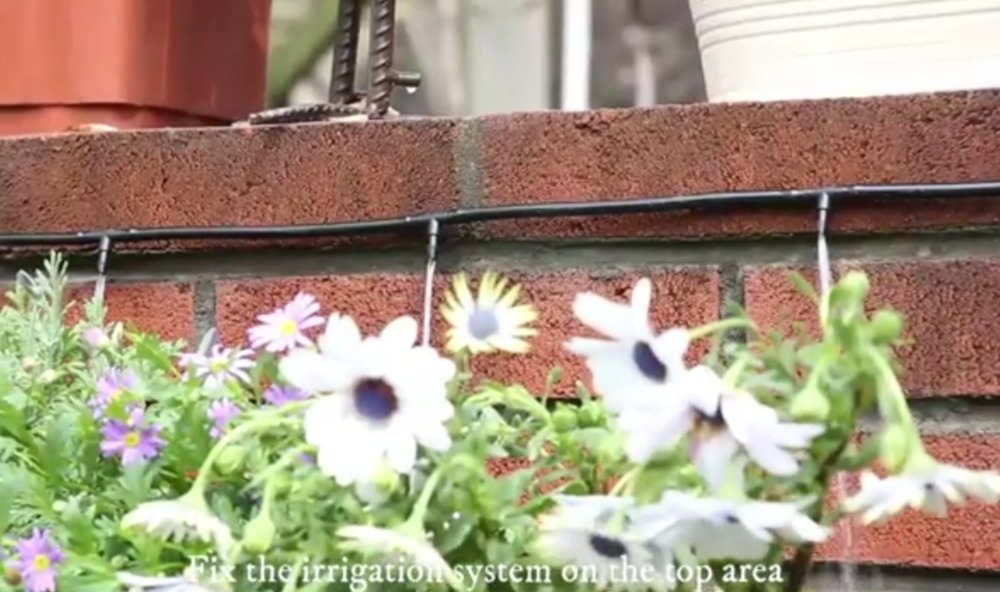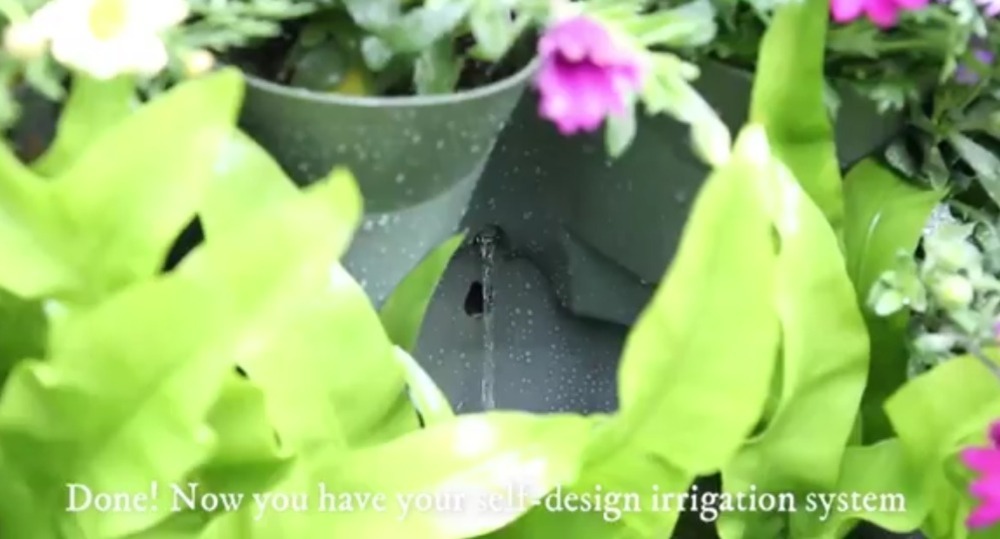Welcome to the world of vertical gardening! In this blog post, we'll explore the importance of irrigation systems in vertical gardens and how they contribute to sustainable living. Learn how to set up and maintain your vertical garden efficiently, making the most of limited space.
Pro Tip: When setting up your gardening irrigation system, it's crucial to conduct a thorough assessment of your plants' water requirements and the environmental conditions in your area. Consider factors like sunlight exposure, plant types, and soil moisture levels to determine the optimal watering schedule. Additionally, regularly inspect and maintain the irrigation system to avoid clogs and ensure even water distribution.
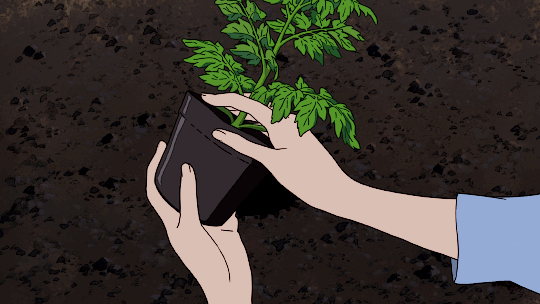
Understanding Vertical Gardens
Vertical gardens are innovative solutions for urban dwellers who want to enjoy the benefits of greenery without a large outdoor space. These gardens are created on vertical surfaces, such as walls or fences, using various plants and structures. They not only enhance aesthetics but also improve air quality and promote a sense of well-being.
The Importance of Irrigation Systems in Vertical Gardens
Efficient irrigation is the backbone of successful vertical gardening. As plants are stacked vertically, they may not receive water evenly through traditional watering methods. Irrigation systems ensure that each plant gets an adequate amount of water, leading to healthier growth and reduced water wastage.
Choosing the Right Irrigation System
There are different irrigation systems available for vertical gardens, including drip irrigation, micro-sprinklers, and self-watering systems. Drip irrigation is highly recommended for its water-saving capabilities and precise delivery to the plant roots.
Setting Up Your Vertical Garden with Irrigation Systems
Here's a step-by-step guide to setting up your vertical garden with a drip irrigation system:
- Step 1: Plan Your Garden: Choose the location for your vertical garden and select the types of plants you want to grow.
- Step 2: Install Vertical Structures: Install trellises, vertical planters, or wall-mounted containers securely.
- Step 3: Set Up Drip Lines: Lay out the drip lines along the rows of plants, ensuring each plant is within reach of the water supply.
- Step 4: Connect to Water Source: Connect the drip lines to a water source with a timer or a smart irrigation controller.
- Step 5: Test and Adjust: Turn on the system and check for any leaks or uneven water distribution. Adjust the flow rate as needed.
- Step 6: Mulch and Fertilize: Apply mulch to retain moisture and add fertilizers to nourish the plants.
Watering Schedule and Maintenance
Establish a consistent watering schedule based on the needs of your plants and the climate. Regularly inspect the system for clogs, leaks, or malfunctioning components. Prune and maintain the plants to optimize their growth and health.
Benefits of Sustainable Vertical Gardening
Sustainable vertical gardening offers numerous advantages, such as:
- Space Optimization: Utilize vertical space for gardening, perfect for small balconies or patios.
- Water Efficiency: Drip irrigation minimizes water wastage, promoting eco-friendly practices.
- Improved Air Quality: Plants absorb pollutants, enhancing the air quality around your living space.
- Aesthetic Appeal: Transform your walls into vibrant green sceneries, adding beauty to your surroundings.
Frequently Asked Questions
Q: What is a vertical garden?
A vertical garden is a gardening technique where plants are grown vertically on walls, fences, or structures using special containers or systems. It allows you to maximize space and create a lush garden in limited areas.
Q: Why should I use an irrigation system for my vertical garden?
An irrigation system is essential for a vertical garden because it ensures consistent and efficient water distribution to all plants. Hand-watering can be time-consuming and may lead to uneven watering, whereas an irrigation system helps maintain plant health and saves water.
Q: What types of irrigation systems are suitable for vertical gardens?
Several irrigation systems are suitable for vertical gardens, such as:
- Drip Irrigation: This system provides a slow and steady water supply directly to the plant's root zone, preventing water runoff and evaporation.
- Micro-Sprinklers: Micro-sprinklers emit fine droplets, covering a larger area with a gentle spray, ideal for vertical plant installations.
- Vertical Drip Towers: Designed specifically for vertical gardens, these towers ensure water reaches each tier of plants efficiently.
Q: Can I install the irrigation system myself, or do I need professional help?
The complexity of the installation depends on the type and scale of the irrigation system you choose. Some simple systems, like drip irrigation kits, can be installed by homeowners with basic DIY skills. However, for more intricate setups or larger vertical gardens, it's advisable to seek professional assistance.
Q: How often should I water my vertical garden with an irrigation system?
The watering frequency depends on various factors, including the types of plants, weather conditions, and the irrigation system used. Generally, you should monitor the moisture level in the soil and adjust the watering schedule accordingly. During hot and dry periods, more frequent watering may be necessary.
Q: Are there any eco-friendly irrigation options for my vertical garden?
Yes, there are eco-friendly options to consider, such as:
- Rainwater Harvesting: Collect rainwater in a storage tank and use it to irrigate your vertical garden. It's a sustainable approach that conserves water and reduces your reliance on the mains supply.
- Drought-Tolerant Plants: Select plants that require less water, reducing the overall water consumption of your vertical garden.
Q: How do I maintain the irrigation system and prevent clogs?
Regular maintenance is essential to keep the irrigation system in optimal condition. Some tips include:
- Flush the System: Periodically flush the system to remove any debris or sediment that may cause clogs.
- Check for Leaks: Inspect the system regularly for leaks and repair them promptly.
- Filter Maintenance: Clean or replace filters to prevent clogging and ensure a steady water flow.
Q: Can I use a timer with my irrigation system?
Yes, using a timer with your irrigation system is highly recommended. Timers allow you to set specific watering schedules, ensuring your vertical garden receives water even when you're away or busy.
Q: Will an irrigation system increase the overall cost of maintaining my vertical garden?
While there is an initial investment for the irrigation system, it can lead to cost savings in the long run. Proper watering through an efficient system can reduce water wastage and plant loss, ultimately optimizing the health and longevity of your vertical garden.
Conclusion
In conclusion, integrating an irrigation system into your vertical garden is essential for maximizing plant health and minimizing water consumption. By following our guide and adopting sustainable gardening practices, you can create a flourishing green haven even in limited spaces. Embrace the benefits of vertical gardening and contribute to a greener, healthier planet.
Remember, sustainability starts at home, and your vertical garden is a step towards a more eco-friendly lifestyle. So, let's get started on your green journey!

